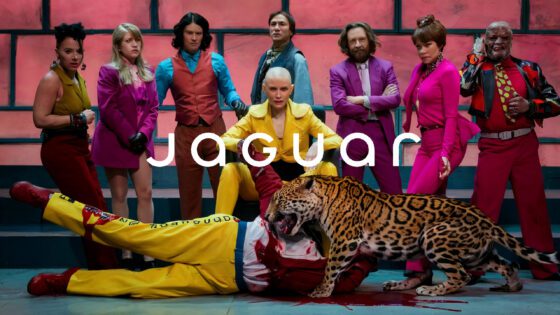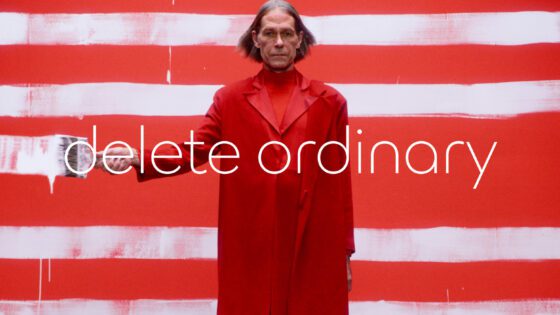Brand archetypes are powerful tools that help marketers define and communicate a brand’s personality, purpose, and position. Rooted in Carl Jung’s psychological theories, archetypes represent universal symbols and themes that resonate with people across cultures and time. In branding, these archetypes help focus efforts, ensuring consistency and authenticity in brand messaging and experiences.
The History of Archetypes
The concept of archetypes was developed by Swiss psychiatrist Carl Jung in the early 20th century. Jung identified recurring symbols and motifs in human experiences, which he believed stemmed from the collective unconscious—a shared pool of knowledge and experiences. These archetypes manifest in myths, stories, and dreams and embody fundamental human desires, fears, and motivations.
In the context of branding, archetypes serve as a framework to craft a brand’s narrative and personality. By aligning a brand with a specific archetype, marketers can create a consistent and relatable identity that resonates with their target audience.
Key Brand Archetypes and Their Applications
1. The Hero
Traits: Courageous, determined, honorable
The Hero archetype represents brands that inspire through achievement and perseverance. They often embody qualities like bravery, strength, and a desire to improve the world. Hero brands position themselves as the best in their category, striving to make a positive impact.
Examples: Nike, Duracell
Application: Hero brands should focus on messages of empowerment and overcoming challenges. They thrive on stories of triumph and excellence, appealing to consumers’ desire for strength and inspiration.
2. The Outlaw
Traits: Rebellious, unconventional, disruptive
The Outlaw archetype is about breaking the rules and challenging the status quo. These brands are seen as rebellious and provocative, often appealing to those who resist conformity.
Examples: Harley-Davidson, Virgin
Application: Outlaw brands should embrace bold and unconventional strategies. They can use edgy and daring communication styles, emphasizing freedom and innovation.
3. The Magician
Traits: Visionary, transformative, imaginative
Magician brands are all about transformation and creating extraordinary experiences. They inspire change and make the impossible possible.
Examples: Apple, Disney
Application: Magician brands should focus on innovation and creativity. They thrive on delivering unique and transformative products or services that inspire wonder and curiosity.
4. The Lover
Traits: Passionate, intimate, warm
The Lover archetype focuses on emotion, sensuality, and relationships. These brands appeal to the heart and the senses, often associated with luxury, indulgence, and personal connection.
Examples: Chanel, Victoria’s Secret
Application: Lover brands should emphasize aesthetics, beauty, and emotional engagement. Their messaging should evoke feelings of intimacy and pleasure.
5. The Jester
Traits: Fun, playful, light-hearted
Jester brands bring joy and laughter. They don’t take themselves too seriously and aim to entertain and surprise.
Examples: Old Spice, M&M’s
Application: Jester brands should use humor and playfulness in their messaging. They can take risks with unconventional campaigns and encourage a light-hearted, carefree attitude.
6. The Sage
Traits: Wise, knowledgeable, thoughtful
The Sage archetype represents wisdom and insight. These brands seek truth and knowledge, often positioned as experts in their field.
Examples: Google, The New York Times
Application: Sage brands should focus on providing valuable information and insights. They should position themselves as trusted sources of knowledge and thought leadership.
7. The Explorer
Traits: Adventurous, curious, independent
Explorer brands are about discovery and adventure. They appeal to consumers’ desire for freedom and exploration.
Examples: Jeep, The North Face
Application: Explorer brands should emphasize adventure, exploration, and self-discovery. They can use messaging that encourages consumers to break out of their comfort zones and seek new experiences.
8. The Innocent
Traits: Pure, optimistic, simple
The Innocent archetype is about simplicity and optimism. These brands promote happiness, trust, and positivity.
Examples: Coca-Cola, Dove
Application: Innocent brands should focus on positive messaging and simple, wholesome experiences. They can use imagery and language that evokes purity and happiness.
9. The Creator
Traits: Creative, imaginative, expressive
Creator brands focus on innovation and the creative process. They value self-expression and originality.
Examples: Lego, Adobe
Application: Creator brands should encourage creativity and innovation. They can engage their audience through artistic and imaginative content.
10. The Caregiver
Traits: Caring, nurturing, compassionate
The Caregiver archetype is about service and protection. These brands are supportive and nurturing, often associated with health and well-being.
Examples: Johnson & Johnson, TOMS
Application: Caregiver brands should focus on messages of care and support. They can highlight their commitment to helping others and improving lives.
11. The Ruler
Traits: Controlling, authoritative, responsible
Ruler brands are leaders in their domain, often associated with power and control. They seek to create order and stability.
Examples: Mercedes-Benz, Microsoft
Application: Ruler brands should emphasize quality, reliability, and leadership. They can position themselves as authorities and market leaders.
12. The Everyman
Traits: Relatable, humble, down-to-earth
The Everyman archetype is about belonging and connecting with others. These brands are approachable and aim to fit in with everyday life.
Examples: Ikea, Target
Application: Everyman brands should use inclusive and relatable messaging. They should focus on being accessible and straightforward, appealing to the common person.
Utilizing Archetypes in Branding
Creating Brand Consistency
By defining a brand archetype, marketers can ensure that all aspects of branding—from messaging and visuals to customer interactions—align with a consistent personality and voice. This consistency helps build trust and recognition among consumers.
Framework for Decision-Making
Archetypes serve as a valuable framework for determining if something is “on brand.” When faced with decisions about marketing strategies, product development, or partnerships, brands can ask whether the choice aligns with their archetype’s values and characteristics. This helps maintain brand integrity and prevents confusing or conflicting messages.
Archetype Testing and Identification
Brands can use archetype tests to identify their primary and secondary archetypes. These tests typically involve a series of questions that assess a brand’s values, mission, and customer perceptions. The results can help brands understand their core personality and how to communicate it effectively.
Example Questions from an Archetype Test:
- What are your brand’s core values?
- How do you want your customers to feel after interacting with your brand?
- What is your brand’s mission?
These questions help identify the most resonant archetype, guiding the brand’s overall strategy.
Final Thoughts
Brand archetypes provide a powerful framework for building a compelling and authentic brand identity. By aligning with a specific archetype, brands can create a consistent and relatable personality, guiding all aspects of their communication and engagement. This not only helps in creating a focused brand strategy but also ensures that all brand activities resonate with the target audience, fostering stronger connections and loyalty.





